Metro makes healing possible at PIMS
Patients from capital's suburbs can now reach treatment for as little as Rs50
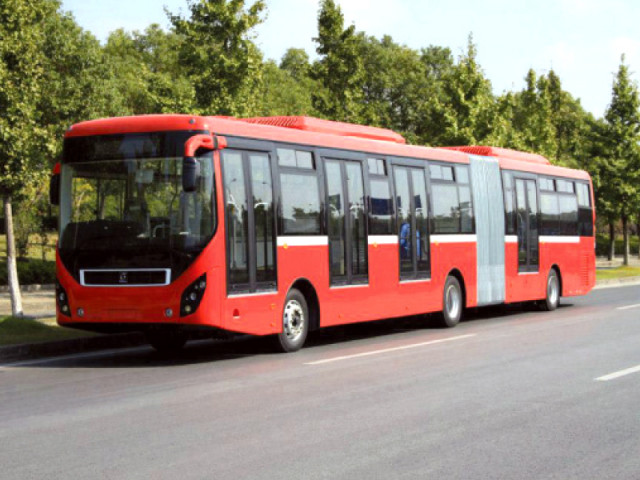
For many in Islamabad and surrounding areas, reaching the hospital used to be an expensive and exhausting challenge. Today, with the PIMS Metro Station becoming a central hub of public transport and the Metro's orange, blue and green line buses all stopping there, thousands of people from Rawat, Bhara Kahu, Tarnol, Gulberg and beyond are reaching the hospital with unprecedented ease, comfort and affordability.
Strategically located on the city's main arteries, Jinnah Avenue and Sector G-8, the hospital's surroundings now double as a central stop for buses, vans and ride-hailing services. With Metro Bus stations and local routes converging nearby, the flow of traffic around PIMS has turned the facility into a de facto transport hub. Every day, more than 50,000 passengers cross through the PIMS stop.
According to officials from the Capital Development Authority (CDA), 30 orange line buses operate across the city, while 10 blue line and 10 green line buses connect distant neighbourhoods with the hospital. The metro buses are modern, spacious and fully air-conditioned, offering a standard of transport that patients and families describe as a relief in itself.
For patients, the impact is personal. Fatima Bibi, who travels twice a week from Tarlai for her mother's dialysis, explained, "Earlier, the taxi fare alone cost us more than the treatment. Now we pay Rs50 each, and the bus drops us at the hospital gate. My mother doesn't get exhausted on the way because the bus is cool and comfortable." From Rawat, daily wage worker Bashir Ahmed spoke about bringing his elderly father to PIMS for treatment, "It used to be unthinkable. A taxi ride cost over Rs1,000. We had to choose between travel and medicines. Now, we can manage both. The bus ride is not only affordable but also safe."
Other passengers echoed similar views. A young student, Hina from Bhara Kahu, said, "I travel on the green line every day. PIMS is always crowded, but it is the most reliable stop. Even when I don't have hospital work, I get off here because every bus route connects through this station." For her, the Metro has made commuting across the capital faster and cheaper.
Drivers, too, have seen the shift. "Passengers almost always mention PIMS as their stop," said Shahid Mehmood, a green line Metro driver. "Earlier, wagons used to avoid the hospital because of traffic, but now it's the busiest and most important stop. People prefer the Metro bus because it is reliable, cheap, and clean." A private van driver added, "We used to carry fewer passengers, but now most of them demand to be dropped at PIMS first. It has become the city's centre point."
Inside the hospital, doctors notice the difference in patient arrivals. "We are treating people who used to miss appointments because of transport costs or delays," said Dr Farah Malik, a senior physician at PIMS. "Now they reach on time and in better condition. For emergency cases, a few additional minutes and increased comfort during travel can save lives."
Although the constant flow of buses, wagons and pedestrians sometimes creates congestion outside the hospital gates, what stands out in every account is how the transport network has improved healthcare access. For thousands of patients and families, PIMS is no longer a distant hospital but a reachable lifeline.

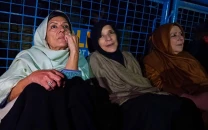


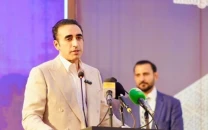
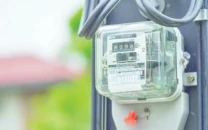
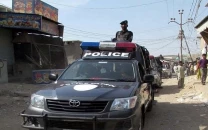
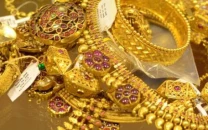

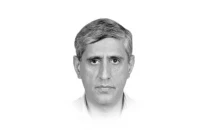
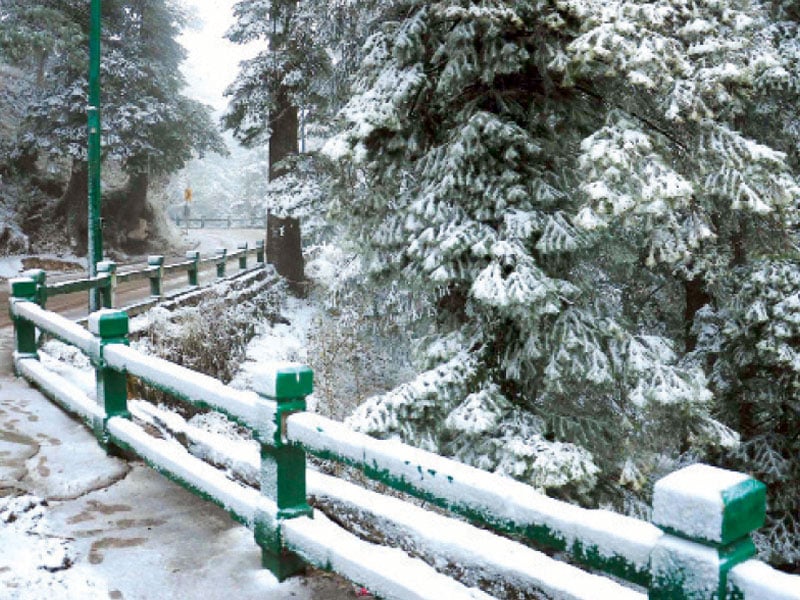
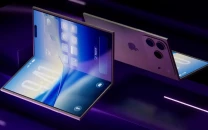
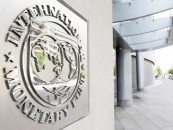




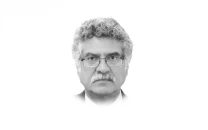

COMMENTS
Comments are moderated and generally will be posted if they are on-topic and not abusive.
For more information, please see our Comments FAQ